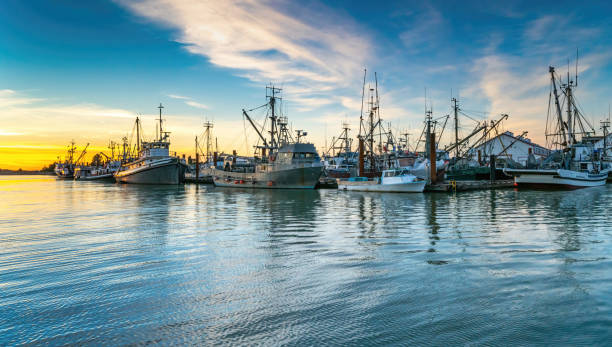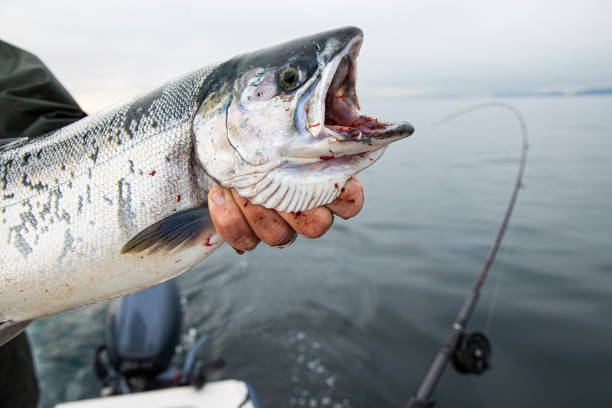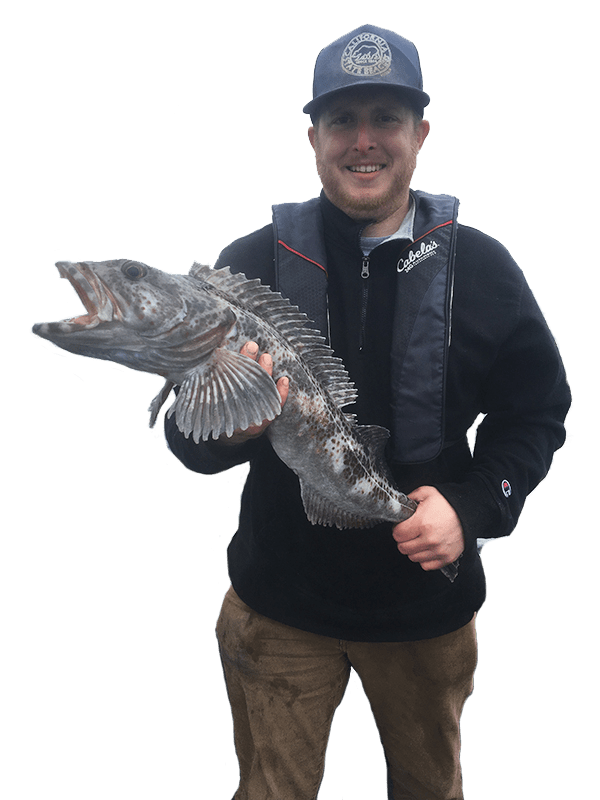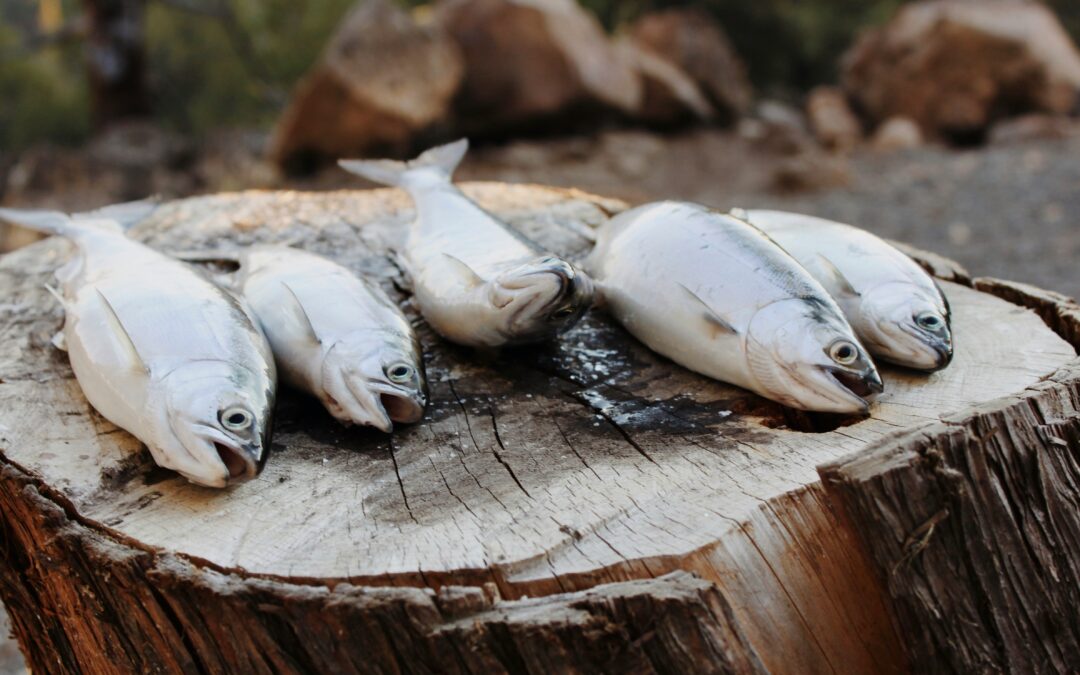Oregon’s Fishing Regulations Explained: What Every Angler Should Know
Oregon offers some of the best fishing opportunities in the United States, with abundant rivers, lakes, and coastal waters teeming with fish. However, before casting your line, it is essential to understand the state’s fishing regulations to ensure compliance and sustainability. This guide will break down key regulations every angler should know when fishing in Oregon.
Fishing License Requirements
Most anglers in Oregon must obtain a fishing license before fishing in public waters. The Oregon Department of Fish and Wildlife (ODFW) offers various licenses, including:
- Resident and Non-Resident Licenses: Available for Oregon residents and visitors.
- Annual, Multi-Day, and One-Day Licenses: Suitable for frequent and occasional anglers.
- Youth Licenses: Reduced-cost licenses for anglers under 18.
- Combination Licenses: Includes fishing and hunting privileges.
Licenses can be purchased online through ODFW, at local retailers, or at ODFW offices. Special permits may be required for specific species, such as salmon and steelhead, or for fishing in certain areas.
Additionally, Oregon offers discounts and free fishing days throughout the year. On designated free fishing weekends, no license is required, making it a great opportunity for beginners to experience the sport.

Fishing Seasons and Limits
Fishing seasons vary by species and location to protect fish populations. Some key considerations include:
- Trout Season: Open year-round in some areas, while specific waters have designated seasons.
- Salmon and Steelhead: Seasons vary by region and species; check ODFW’s website for specific dates.
- Shellfish and Crabbing: Open most of the year but may be closed due to conservation concerns or biotoxin levels.
- Daily Catch Limits: Each species has a bag limit, dictating how many fish an angler can keep per day.
Understanding and following these limits helps maintain healthy fish populations and prevents overfishing. Certain species, like sturgeon, may also have slot limits, meaning only fish of a certain size range can be retained. Catch-and-release rules apply to some endangered or protected fish.
Fishing Methods and Gear Restrictions
Oregon enforces strict rules regarding fishing gear to protect aquatic life. Some important regulations include:
- Hook Restrictions: Certain waters require the use of barbless hooks to reduce fish injury.
- Bait and Lure Rules: Some areas allow only artificial lures, while others permit natural bait.
- Catch-and-Release Areas: Specific regions require all fish to be released immediately to conserve populations.
Spearfishing is only permitted for certain species, like carp, and must be done in designated areas. Bowfishing is also an option for non-game fish. The use of nets is highly restricted and often only allowed for tribal fishing or research purposes.

Protected and Invasive Species
Oregon prioritizes the conservation of native fish species and the prevention of invasive species. Key points include:
- Endangered Fish Protection: Species like certain wild salmon runs and bull trout are strictly regulated.
- Invasive Species Control: It is illegal to transport or release invasive species like northern pike and zebra mussels.
- Aquatic Invasive Species Permit: Required for non-motorized watercraft over 10 feet to prevent the spread of harmful species.
Anglers should clean and inspect their gear to avoid introducing invasive species to Oregon’s waters. The state actively promotes the “Clean, Drain, Dry” program, encouraging boaters and anglers to thoroughly clean equipment after use.
Special Area Regulations
Certain lakes, rivers, and coastal areas have specific regulations to protect fish stocks and habitats. For example:
- Marine Reserves: Areas where fishing is completely prohibited to protect marine ecosystems.
- Restricted Fishing Zones: Some areas have seasonal or gear restrictions to protect spawning fish.
- Wild and Scenic Rivers: Additional conservation measures apply to designated rivers.
Before fishing in a new location, verify the area’s regulations using the ODFW fishing map. Some areas require additional permits or have slot limits to protect fish populations.
Catch-and-Release Best Practices
Catch-and-release fishing is encouraged for conservation efforts. To ensure fish survival:
- Use barbless hooks to minimize injury.
- Keep fish in the water as much as possible.
- Avoid handling fish with dry hands, as this can damage their protective slime coating.
- Use appropriate gear to avoid deep hooking.
- Revive fish by holding them in the water facing upstream before release.

Enforcement and Penalties
ODFW officers regularly patrol Oregon’s waters to ensure compliance with regulations. Common violations and penalties include:
- Fishing Without a License: Fines and possible confiscation of gear.
- Overfishing or Illegal Catch: Heavy fines and revocation of fishing privileges.
- Use of Prohibited Gear: Seizure of equipment and possible penalties.
Anglers can report violations via the ODFW TIP (Turn In Poachers) hotline to support conservation efforts.
Environmental and Ethical Considerations
Sustainable fishing practices ensure future generations can enjoy Oregon’s fisheries. Some key ethical considerations include:
- Pack Out Trash: Avoid littering to protect wildlife and keep waterways clean.
- Respect Wildlife: Avoid disturbing nesting birds or aquatic habitats.
- Know Your Limits: Only keep what you can consume and follow bag limits.
Family and Youth Fishing Programs
Oregon encourages youth and family fishing through various programs:
- Trout Stocking Program: ODFW regularly stocks lakes and ponds with trout to improve fishing opportunities.
- Family Fishing Events: Organized events provide equipment and instruction to new anglers.
- Youth Angler Recognition: Special achievements for young fishers who participate in conservation and ethical fishing.
Fishing Safety Guidelines
Fishing can be an enjoyable and safe activity if proper precautions are taken. Important safety measures include:
- Wear a Life Jacket: Especially important when fishing from a boat or in swift waters.
- Check Weather Conditions: Sudden weather changes can create hazardous situations.
- Use Sun Protection: Hats, sunglasses, and sunscreen help prevent sunburn and eye strain.
- Handle Hooks and Knives Safely: Use care when handling sharp fishing tools to avoid injury.
- Inform Someone of Your Plans: Let a friend or family member know your location and expected return time.
Final Tips for Responsible Fishing
- Always check the latest regulations on ODFW’s website before your trip.
- Follow ethical fishing practices, including proper fish handling and disposal of waste.
- Respect wildlife and fellow anglers to preserve Oregon’s fishing heritage.
- Participate in conservation programs and volunteer efforts.
By staying informed and following regulations, anglers help sustain Oregon’s incredible fishing opportunities for generations to come. Happy fishing!
Schedule your Oregon Fishing Charter Today!



Recent Comments